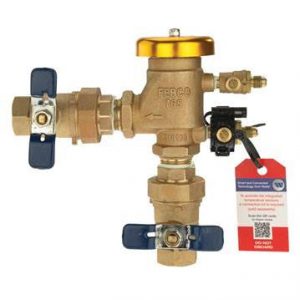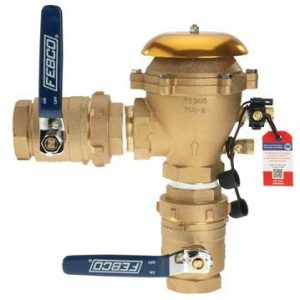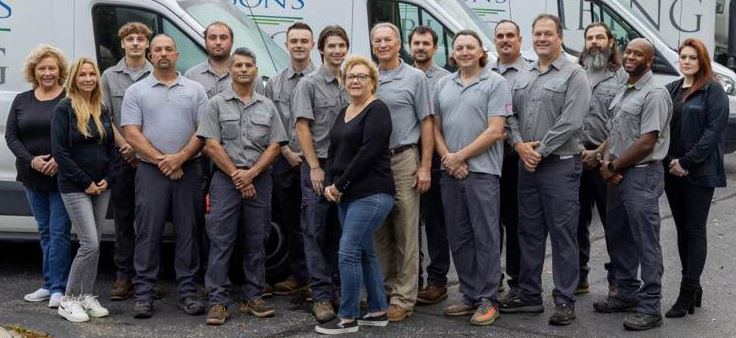Call for rates to perform backflow device testing and submitting of the reports to the appropriate city. Any repairs will be at an additional charge.
Residential Lawn Irrigation
- Residential lawn irrigation
- Special rates for 10 or more device tests on the same day in the same vicinity
Commercial Lawn Irrigation
- Commercial lawn irrigation
- All other commercial backflow device tests
Call (248) 652-0990 for a quote.
Prices subject to change
Residential and Commercial Backflow Prevention and Testing
Backflow prevention and testing are essential to the safety of everyone who consumes water in your home or business. Water lines use pressure to move. Problems can cause a reverse in flow, allowing dirty water to enter the lines. This can be contaminated with anything from fertilizer and pesticides to feces and other hazardous materials. Consuming backflow water can lead to serious health conditions.
A pair of mechanical valves is usually installed to prevent this from happening. This device will stop dirty water before it enters the clean water supply. When properly installed and maintained, it can protect your water from contaminants on an ongoing basis. Putman & Son’s Plumbing offers backflow prevention and testing services that will keep your water clean for years.
Do I Need a Backflow Prevention Device?
If you own a condominium complex, apartments, restaurant, or other commercial business, then you may be required to have a backflow device installed. Some areas may also require the valve on irrigation systems used in agriculture and on residential properties.
If your home includes modern plumbing, then you likely already have some built-in protection from backflow. Today’s fixtures are equipped with the necessary valve to stop contaminants from entering the water supply. If you use a hand-held shower or sink spray head, then you may need to have a valve installed.
Businesses and homeowners can contact Putman & Son’s Plumbing to learn more about this essential device and whether or not they need it.
How Often Should I Have My Backflow Valve Tested?
Backflow valve testing should be done annually. If city codes require it, you will most likely receive a letter about a month before you are due to test again. The process is relatively quick, taking between 10 and 30 minutes for each device test. After setting up, we will turn off your water supply for 10 to 20 minutes per device.
Our professional plumbers will do their best to keep testing as hassle-free as possible for you. We work efficiently and do everything we can to get your water back on as soon as possible. Give us a call to learn more about our valve testing process.
What Happens if My Backflow Device Fails the Test?
If your backflow device fails the test, we may start by disassembling it and cleaning internal parts. We will put it back together and retest to see if that corrected the problem. If it did not, then a repair may be needed. We will let you know the results, so that you are aware of what’s going on and what our next step will be.
Backflow valves are an essential part of your plumbing system. They can prevent serious health issues, loss of business, and keep your organization compliant with local water regulations.
We offer special rates when testing 10 or more devices in one visit and area. Contact Putman & Son’s today to discuss your testing schedule or to find out if you need a valve installed or serviced.
Why is it important to have a backflow device on your irrigation system?
It can keep contaminants out of your drinking water to help keep you healthy.
What brand do you recommend and why?
Personally, Febco, because they are readily available, easy to work on and they are cost efficient in the long run.
What are some myths about backflows/testing that you have heard and what would you say to clear that up?
The biggest myth that we hear from people is that backflow devices and testing are not necessary and they really don’t do anything. One of the biggest backflow disasters was at the 1933 World’s Fair in Chicago. Some of the main hotels did not have sufficient backflow prevention. This resulted in more than 1400 people getting sick and 98 people dying from Amoebic Dysentery.


